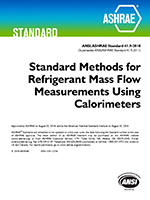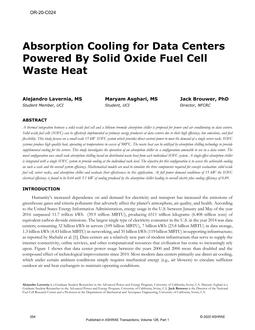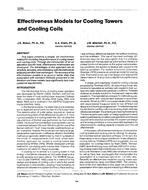The rational models for assessing human response to hot environments, which are based on ISO DIS 7933 (ISO method) and on Gagge’s two-Node Model of human thermoregulation (ASHRAE method), are compared. Assessments of four sets of hot conditions are compared, which include extremly hot environments, where the body cannot achieve heat balance, and more moderate hot conditions. Comparisons are also made between predicted body core temperatures and aural temperatures of eight male subjects.
The results show that, for the conditions investigated, similar practical decisions (e.g., regarding allowable exposure times) would be made based on both ISO and ASHRAE methods. The assumed constant, mean skin temperature (Tsk = 36°C), of the ISO model is limitation to accurate predictions, but it can be a reasonable practical estimate of Tsk for many conditions. Predicted skin wettedness values can be lower for the ISO model than for the two-Node Model due to differences in methods for calculating maximum evaporative heat loss possible in the environment. Core temperature “predictions” are similar for the two models and reasonable predictions are made of measured aural temperatures.
Units: SI
Citation: Symposium, ASHRAE Transactions, 1987, vol. 93, pt. 1, New York, NY
Product Details
- Published:
- 1987
- Number of Pages:
- 12
- File Size:
- 1 file , 1000 KB
- Product Code(s):
- D-NY-87-08-1


